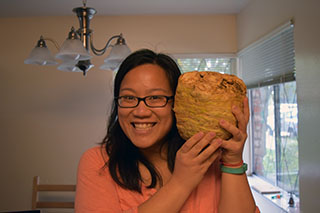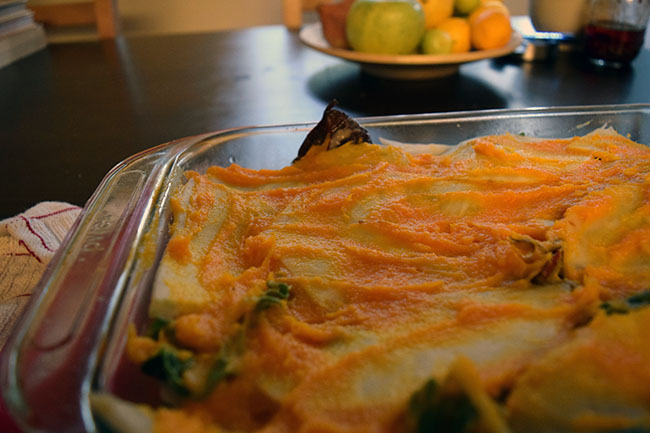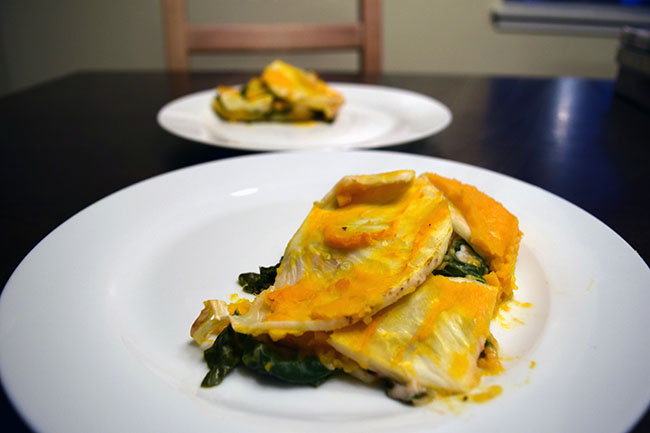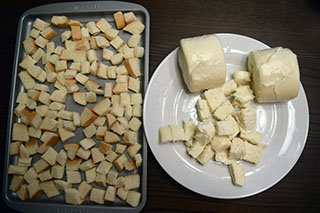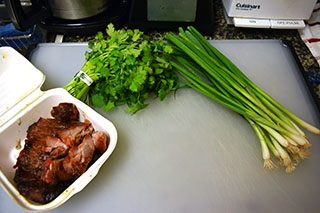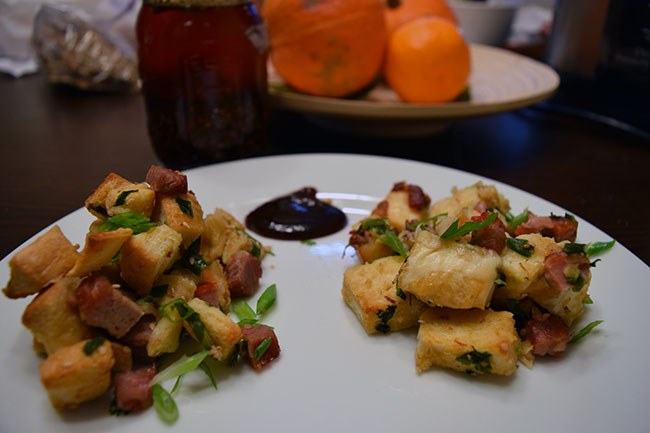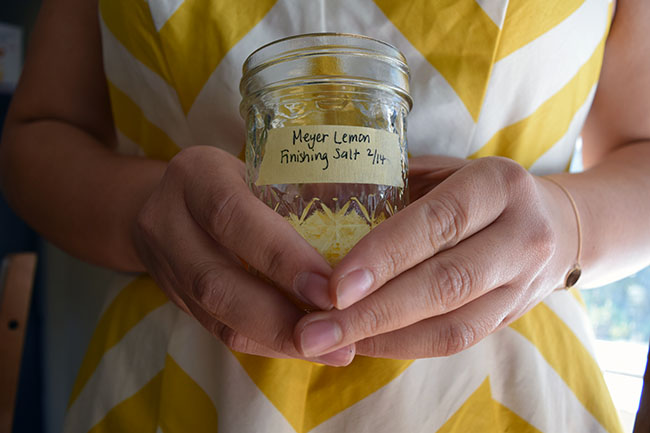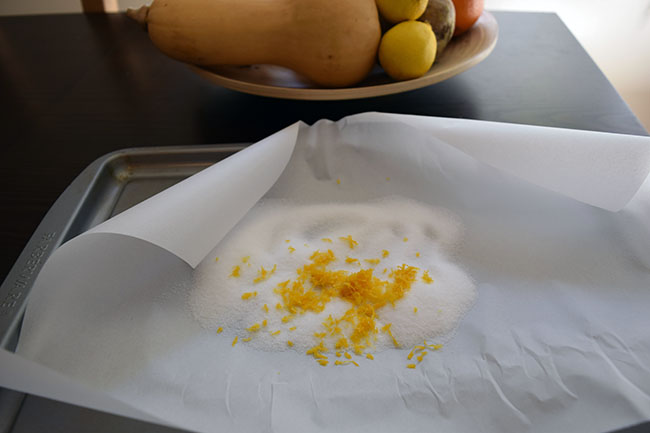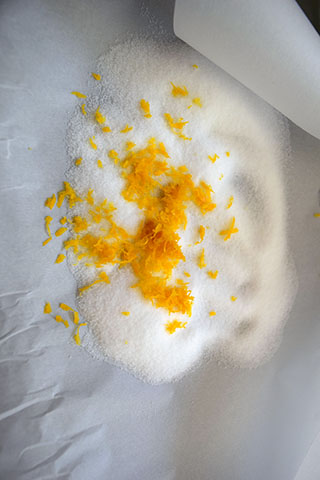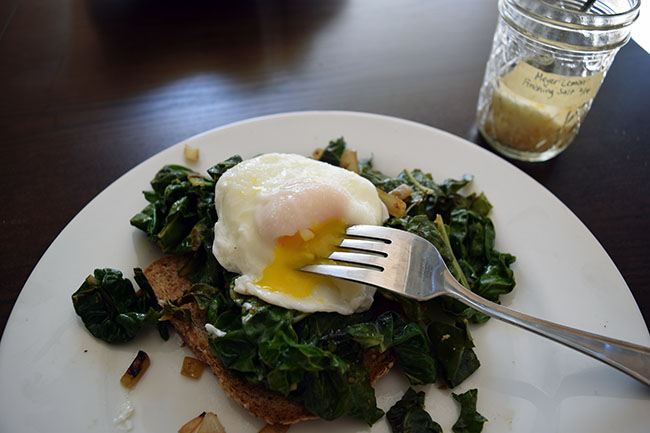Today, I’m feeling a little under the weather. I stayed home from work and made myself a giant pot of pho broth (recipe testing underway!), napped, and wore only stretchy things. I’m mainlining echinacea tea and deciding on an indulgent chick flick for tonight… so good. I’m lucky that I can work remotely on days like this, so I even got a little done — but it didn’t take much urging from coworkers for me to get off the computer and rest.
This cold/flu, I don’t feel quite totally demolished (crossing fingers), so I’ve been able to more-or-less feed myself. That said, I’m certainly not in the mood for a meal that takes many steps or takes too long. Luckily, my repertoire of quickish, easyish meals that I still look forward to is deep… thanks, full-time job. Related: one-pan meals, ie, my favorite, farro. I have my friend Anna Ruby to thank for the tip on this one. We have very similar “food aesthetics,” so recipe recommendations from her are pure gold.
It’s an assertively spiced stew with a little cooked bulgur, greens, and tomato paste. I added a poached egg because, yum, and also I’m practicing my poaching eggs! But without it, it’s one-pan. Or, at least it is, when I take my lazy liberties with the original recipe.
Algerian Greens with Bulgur
Adapted from 64 sq ft kitchen + ARWB’s suggestions
Serves 2 as a light meal. Or, you know, one person, twice.
2 Tablespoons safflower oil
1 medium onion
3 garlic cloves
1 teaspoon cumin
1 teaspoon crushed red pepper
1 teaspoon ground coriander
1/4 tsp turmeric
1 Tablespoon tomato paste
2 cups chicken or vegetable stock (I used Better than Bouillon fakeout chicken)
2 Tablespoons bulgur
big handful of spinach
big handful of arugula
1 Tablespoon cilantro leaves
1 Tablespoon parsley leaves
salt and pepper
1 poached egg (optional)
Vegetable prep: chop the onion, mince the garlic, and roughly chop cilantro and parsley. Rinse the spinach and arugula if necessary.
In a medium pot, heat the vegetable oil. When the oil is shimmering, add the onion, cooking for a few minutes. Then, add the garlic, cumin, crushed red pepper, coriander, and turmeric. Toast until fragrant, and then add the tomato paste and stock. Bring the mixture to a boil.
Add the bulgur to the boiling stew. When bulgur is almost done (12 minutes or so), add the greens and cover, allowing them to cook while the bulgur finishes. Season with salt and pepper to taste.
Top with herbs, and, if you want, an egg.


